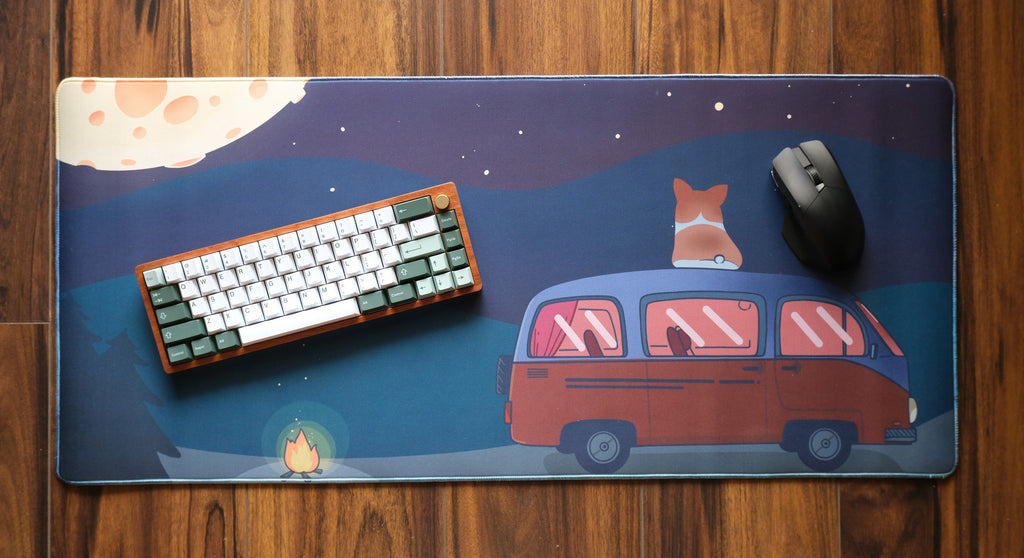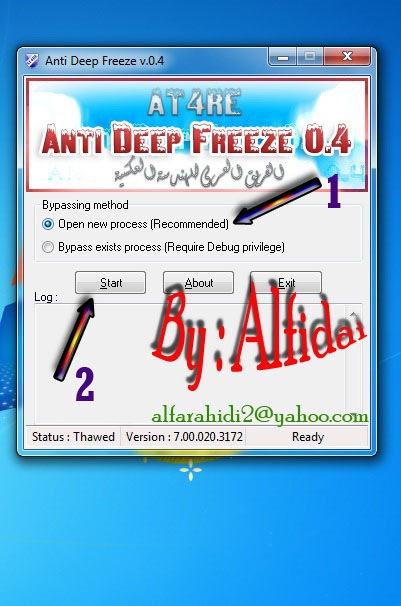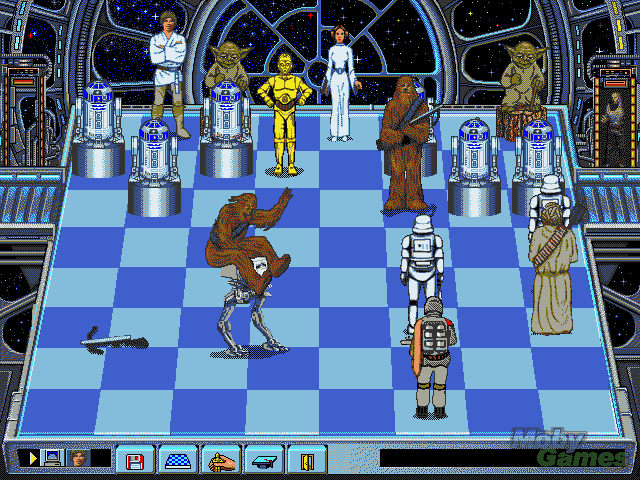

#Jkeys by d2 software manual#
Īn early DRM protection method for computer and Nintendo Entertainment System games was when the game would pause and prompt the player to look up a certain page in a booklet or manual that came with the game if the player lacked access to the material, they would not be able to continue.Īn early example of a DRM system is the Content Scramble System (CSS) employed by the DVD Forum on DVD movies. The underlying principle was that the physical distribution of encrypted digital products should be completely unrestricted and that users of those products would be encouraged to do so. The SSS was based on encryption, with specialized hardware that controlled decryption and enabled payments to be sent to the copyright holder. It was subsequently refined under the name superdistribution.
#Jkeys by d2 software software#
In 1983, the Software Service System (SSS) devised by the Japanese engineer Ryuichi Moriya was the first example of DRM technology. It peaked in the early 2000s as various countries attempted to respond with legislation and regulations and dissipated in the 2010s as social media, streaming services largely replaced piracy and content providers elaborated next-generation business models.

Combined with the Internet and file-sharing tools, made unauthorized distribution of copyrighted content ( digital piracy) much easier.ĭRM became a major concern with the growth of the Internet in the 1990s, as piracy crushed CD sales and online video became popular. Digital devices make it convenient for consumers to convert ( rip) media originally in a physical, analog or broadcast form into a digital form for portability or later use. While analog media inevitably lose quality with each copy generation and during normal use, digital media files may be duplicated without limit with no degradation. The rise of digital media and analog-to-digital conversion technologies has increased the concerns of copyright-owners, particularly within the music and video industries.

Typical DRM also prevents lending materials out through a library, or accessing works in the public domain. Apple removed DRM technology from iTunes around 2009. Many online stores such as OverDrive, use DRM technologies, as do cable and satellite service operators. DRM is in common use by the entertainment industry ( e.g., audio and video publishers). DRM technologies have been criticized for restricting individuals from copying or using the content legally, such as by fair use or by making backup copies. Furthermore, works can become permanently inaccessible if the DRM scheme changes or if a required service is discontinued. Critics of DRM contend that no evidence proves that DRM helps prevent copyright infringement, arguing that it serves only to inconvenience legitimate customers, and that DRM can stifle innovation and competition. ĭRM users argue that the technology is necessary to protect intellectual property, just as physical locks prevent personal property from theft, that it can help the copyright holder maintain artistic control, and to support licensing modalities such as rentals. For instance, tractor companies try to prevent farmers from making repairs via DRM. The industry has expanded the usage of DRM to various hardware products, such as Keurig's coffeemakers, Philips' light bulbs, mobile device power chargers, and John Deere's tractors. ĭRM techniques include licensing agreements and encryption.

Such laws are part of the United States' Digital Millennium Copyright Act (DMCA), and the European Union's Information Society Directive (the French DADVSI is an example of a member state of the European Union implementing the directive). Laws in many countries criminalize the circumvention of DRM, communication about such circumvention, and the creation and distribution of tools used for such circumvention. DRM technologies govern the use, modification, and distribution of copyrighted works (such as software and multimedia content), as well as systems that enforce these policies within devices. Various tools or technological protection measures (TPM) such as access control technologies can restrict the use of proprietary hardware and copyrighted works. Technology to control access to copyrighted works and prevent unauthorized copyingĭigital rights management ( DRM) is the management of legal access to digital content.


 0 kommentar(er)
0 kommentar(er)
